Home>Home Appliances>Laundry Appliances>Why Do Lights Flicker When A Washing Machine Runs


Laundry Appliances
Why Do Lights Flicker When A Washing Machine Runs
Modified: March 2, 2024
Discover why lights flicker when a laundry appliance, such as a washing machine, runs. Learn how to troubleshoot and fix this common issue. Explore expert tips and advice.
(Many of the links in this article redirect to a specific reviewed product. Your purchase of these products through affiliate links helps to generate commission for Storables.com, at no extra cost. Learn more)
Understanding the Electrical Load
When it comes to understanding why lights flicker when a washing machine runs, it's essential to delve into the concept of the electrical load. In simple terms, the electrical load refers to the amount of power consumed by an electrical appliance or system. In the case of a washing machine, it draws a significant amount of power when it's in operation.
The electrical load of a washing machine is not constant throughout its cycle. During certain phases, such as when the motor starts, the load can spike significantly. This sudden surge in power consumption can lead to fluctuations in the electrical system, impacting other appliances connected to the same circuit.
Moreover, the electrical load is not isolated to the washing machine alone. In a typical household, various appliances and devices contribute to the overall electrical load. From refrigerators and air conditioners to televisions and lighting fixtures, each of these elements adds to the cumulative load on the electrical system.
Understanding the electrical load is crucial because it sheds light on the dynamics of power distribution within a household. When a high-powered appliance like a washing machine kicks into gear, it can momentarily strain the electrical system, causing a ripple effect that manifests as flickering lights.
In essence, the electrical load is a dynamic and interconnected aspect of household power consumption. By recognizing its impact, homeowners can gain insight into the factors that contribute to electrical fluctuations and address them effectively.
By understanding the electrical load, homeowners can take proactive measures to mitigate the impact of power surges and fluctuations, ensuring a more stable and reliable electrical system for their household.
Key Takeaways:
- Lights flicker when a washing machine runs due to power surges and voltage fluctuations, impacting the entire electrical system in a home. Understanding these effects can help homeowners take proactive measures to ensure stable power distribution.
- Implementing dedicated circuits, voltage stabilizers, LED lighting, and regular maintenance can minimize flickering lights caused by washing machine operation. These solutions enhance safety, efficiency, and reliability of the electrical system, creating a more enjoyable living environment.
Impact of Voltage Fluctuations
Voltage fluctuations, often triggered by the operation of high-powered appliances like washing machines, can have a profound impact on the overall stability of the electrical system in a household. These fluctuations occur when there are variations in the standard voltage levels supplied to the home, leading to noticeable effects on the performance of electrical devices and fixtures.
When a washing machine starts its cycle, the sudden demand for power can cause a temporary drop in voltage. This dip in voltage can result in lights flickering throughout the house. Conversely, when the washing machine completes its cycle and the load on the electrical system decreases, there may be a brief surge in voltage, which can also affect the performance of lighting fixtures.
Voltage fluctuations can lead to several issues beyond just flickering lights. For instance, sensitive electronic devices such as computers and entertainment systems may experience malfunctions or even damage due to inconsistent voltage levels. Additionally, appliances like refrigerators and air conditioners may not operate optimally when subjected to voltage fluctuations, potentially leading to reduced efficiency and increased wear and tear.
Furthermore, voltage fluctuations can impact the overall safety of the electrical system. In extreme cases, these fluctuations can contribute to overheating of electrical components, posing a fire hazard. Therefore, it is crucial to address voltage fluctuations promptly to ensure the safety and longevity of the electrical infrastructure in a home.
To mitigate the impact of voltage fluctuations, homeowners can consider installing voltage stabilizers or surge protectors. These devices are designed to regulate voltage levels and protect electrical equipment from sudden spikes or drops. Additionally, consulting with a qualified electrician to assess the electrical system and make any necessary adjustments can help minimize the effects of voltage fluctuations.
By understanding the impact of voltage fluctuations, homeowners can take proactive measures to safeguard their electrical infrastructure and ensure the reliable operation of their appliances and devices. Addressing voltage fluctuations not only enhances the performance and safety of the electrical system but also contributes to a more seamless and enjoyable living environment.
Importance of Proper Wiring
Proper wiring is the backbone of a safe and efficient electrical system within any home. When it comes to addressing the issue of lights flickering when a washing machine runs, the significance of proper wiring cannot be overstated. The wiring in a household serves as the conduit through which electrical power is distributed to various appliances and fixtures. However, if the wiring is inadequate or faulty, it can exacerbate the impact of electrical load fluctuations, leading to issues such as flickering lights.
In the context of a washing machine's operation, the electrical load it generates can place demands on the wiring infrastructure. If the wiring is not designed to handle such fluctuations in power consumption, it can result in voltage drops that manifest as flickering lights. Additionally, outdated or deteriorating wiring may not provide the necessary stability to support the sudden surges in power demand, further contributing to electrical inconsistencies.
Proper wiring encompasses several key elements, including the gauge and quality of the wiring, the integrity of connections, and adherence to electrical codes and standards. The gauge of the wiring is particularly crucial, as it determines the maximum current-carrying capacity. Inadequate wire gauge can lead to voltage drops and potential overheating, both of which can impact the performance of electrical fixtures.
Moreover, the quality of connections, such as outlets and junction boxes, plays a significant role in maintaining a stable electrical system. Loose or damaged connections can introduce resistance into the circuit, leading to voltage fluctuations and potential safety hazards. Ensuring that all connections are secure and free from damage is essential in mitigating the impact of electrical load variations.
Adherence to electrical codes and standards is a fundamental aspect of proper wiring. These regulations are designed to ensure the safety and reliability of electrical installations. Compliance with codes not only promotes the use of appropriate wiring materials and techniques but also emphasizes the importance of regular inspections and maintenance to uphold the integrity of the electrical system.
Addressing the importance of proper wiring involves recognizing the pivotal role it plays in maintaining a stable electrical infrastructure. By investing in high-quality wiring, ensuring secure connections, and adhering to electrical standards, homeowners can minimize the impact of electrical load fluctuations and mitigate issues such as flickering lights. Additionally, consulting with a qualified electrician to assess the wiring and make any necessary upgrades can significantly enhance the overall safety and performance of the electrical system.
In essence, proper wiring serves as the foundation for a resilient and dependable electrical system, providing homeowners with the assurance of consistent power distribution and the mitigation of potential issues stemming from electrical load variations.
Effects of Motor Start-Up
The motor start-up phase of a washing machine is a critical juncture that significantly impacts the electrical system within a household. When the washing machine initiates its cycle, the motor undergoes a rapid acceleration process to propel the drum into motion. This acceleration requires a substantial surge of power, creating a momentary spike in the electrical load. As a result, the sudden demand for power during the motor start-up phase can lead to voltage fluctuations and electrical inconsistencies, ultimately manifesting as flickering lights throughout the home.
The effects of motor start-up extend beyond mere fluctuations in voltage. The rapid surge of power can introduce transient changes in the electrical circuit, causing momentary disruptions in the supply of electricity to other appliances and fixtures. This transient nature of the electrical load can induce flickering lights, as the voltage supplied to the lighting fixtures experiences brief fluctuations in response to the washing machine's power demand.
Moreover, the impact of motor start-up on the electrical system is not limited to the immediate moment of acceleration. The inrush current drawn by the motor during start-up can create a ripple effect, influencing the stability of the electrical network for a brief duration. This ripple effect can propagate through the circuit, affecting the performance of other appliances connected to the same electrical system. Consequently, the transient nature of the electrical load generated by the washing machine's motor start-up can lead to noticeable flickering of lights and potential disruptions in the operation of other devices.
Understanding the effects of motor start-up is crucial in addressing the issue of lights flickering when a washing machine runs. By recognizing the transient nature of the electrical load during the motor start-up phase, homeowners can take proactive measures to mitigate its impact. This may involve implementing solutions such as dedicated circuits for high-powered appliances, which can isolate the electrical load of the washing machine from the rest of the household circuitry, minimizing the potential for flickering lights and other electrical inconsistencies.
Furthermore, the effects of motor start-up underscore the importance of maintaining a robust and resilient electrical infrastructure. By ensuring that the electrical system is equipped to handle the transient demands of high-powered appliances, homeowners can minimize the impact of motor start-up on the overall stability of the electrical network. This proactive approach not only addresses the issue of flickering lights but also contributes to a safer and more reliable electrical environment within the home.
In essence, the effects of motor start-up highlight the dynamic nature of the electrical load generated by a washing machine and its implications for the overall performance of the electrical system. By acknowledging these effects and implementing appropriate measures, homeowners can effectively mitigate the impact of motor start-up on the occurrence of flickering lights, fostering a more consistent and dependable electrical environment.
Solutions for Flickering Lights
Addressing the issue of flickering lights when a washing machine runs necessitates a proactive approach aimed at mitigating the impact of electrical load fluctuations and voltage variations. Several effective solutions can be implemented to minimize the occurrence of flickering lights and ensure a more stable electrical environment within the home.
Read more: Why Do My Ceiling Fan Lights Flicker
1. Dedicated Circuits:
Installing dedicated circuits for high-powered appliances, including washing machines, can effectively isolate their electrical load from the rest of the household circuitry. By providing a dedicated pathway for the power consumption of the washing machine, this solution minimizes the potential for voltage fluctuations that lead to flickering lights. Additionally, dedicated circuits enhance the overall safety and efficiency of the electrical system, ensuring consistent power distribution to essential appliances.
2. Voltage Stabilizers:
Utilizing voltage stabilizers or regulators can help mitigate the impact of voltage fluctuations on the electrical system. These devices are designed to maintain a stable voltage output, compensating for variations in the incoming supply. By integrating voltage stabilizers into the electrical infrastructure, homeowners can safeguard sensitive electronic equipment and lighting fixtures from the adverse effects of fluctuating voltage levels, effectively reducing the occurrence of flickering lights.
3. Professional Assessment:
Seeking the expertise of a qualified electrician to assess the electrical system can provide valuable insights into potential areas of improvement. An electrician can evaluate the wiring, connections, and overall infrastructure to identify any deficiencies contributing to flickering lights. Based on the assessment, necessary upgrades or adjustments can be recommended and implemented to enhance the stability and performance of the electrical system.
4. LED Lighting:
Transitioning to LED (Light Emitting Diode) lighting fixtures can contribute to a more resilient lighting setup. LED lights are inherently more resistant to voltage fluctuations compared to traditional incandescent or fluorescent bulbs. Their efficient and durable nature makes them less susceptible to flickering caused by transient changes in voltage, offering a reliable lighting solution amidst varying electrical loads.
Read more: Light Bulb Is Flickering When Turned On
5. Regular Maintenance:
Implementing a regimen of regular maintenance for the electrical system, including cleaning and inspecting connections, can help prevent flickering lights. Ensuring that all electrical components are in optimal condition and free from damage or corrosion promotes a more stable and consistent power supply to lighting fixtures, reducing the likelihood of flickering.
By implementing these solutions, homeowners can effectively mitigate the occurrence of flickering lights when a washing machine runs, fostering a more reliable and seamless electrical environment. Each solution addresses specific aspects of the electrical system, contributing to enhanced safety, efficiency, and overall performance. Through a proactive and strategic approach, the impact of electrical load fluctuations on lighting fixtures can be minimized, ensuring a more enjoyable and consistent living environment.
Frequently Asked Questions about Why Do Lights Flicker When A Washing Machine Runs
Was this page helpful?
At Storables.com, we guarantee accurate and reliable information. Our content, validated by Expert Board Contributors, is crafted following stringent Editorial Policies. We're committed to providing you with well-researched, expert-backed insights for all your informational needs.
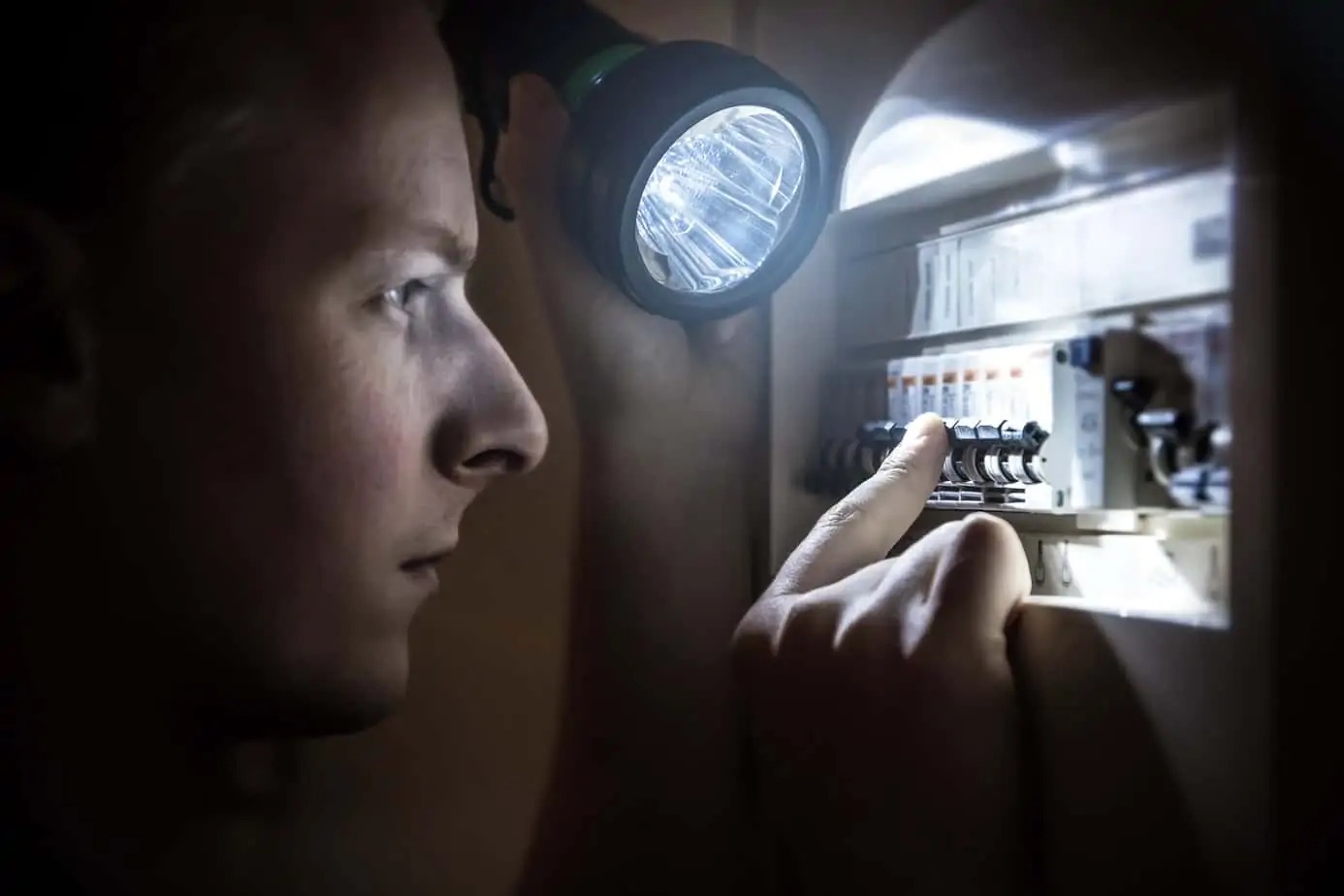
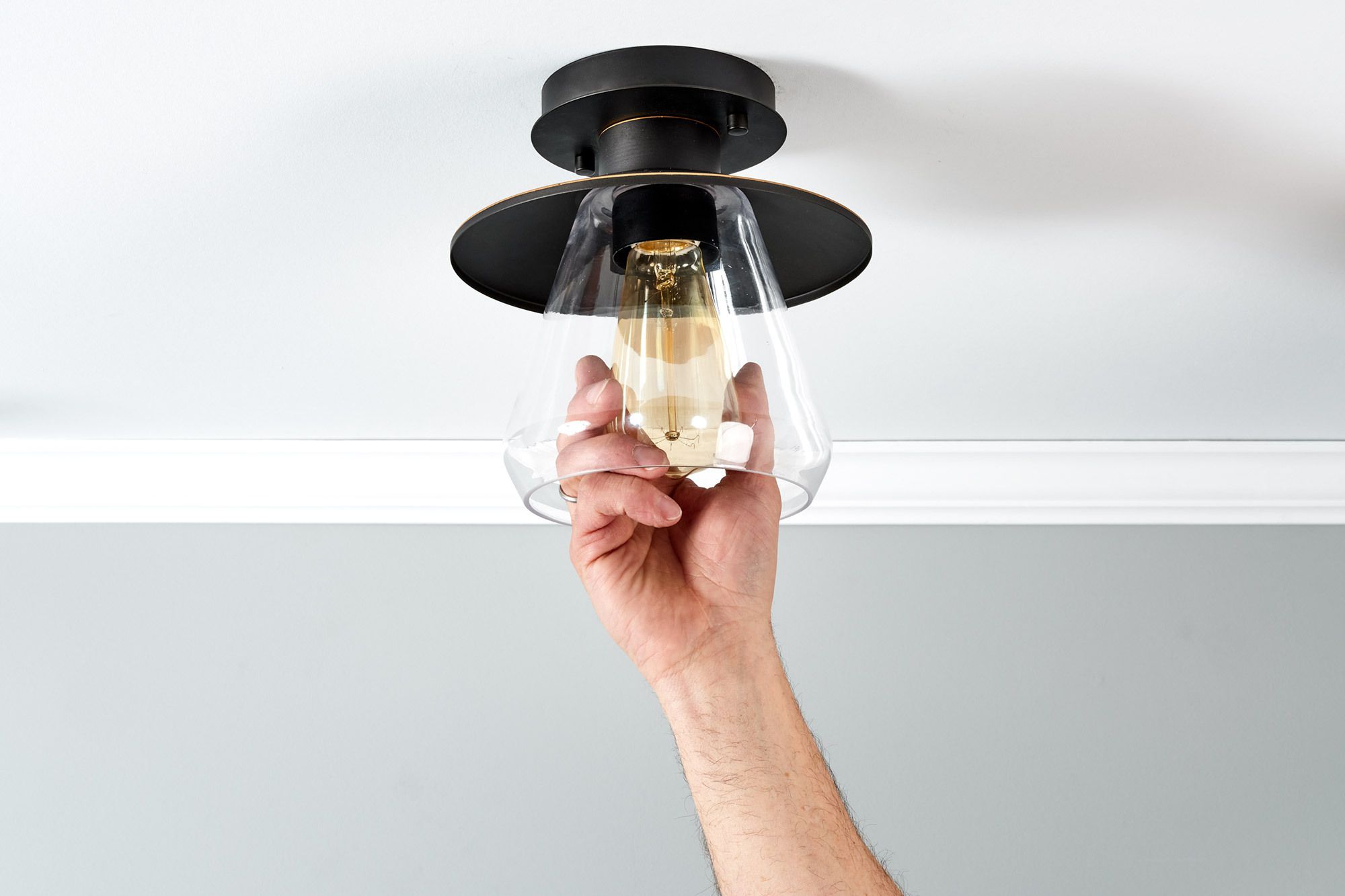
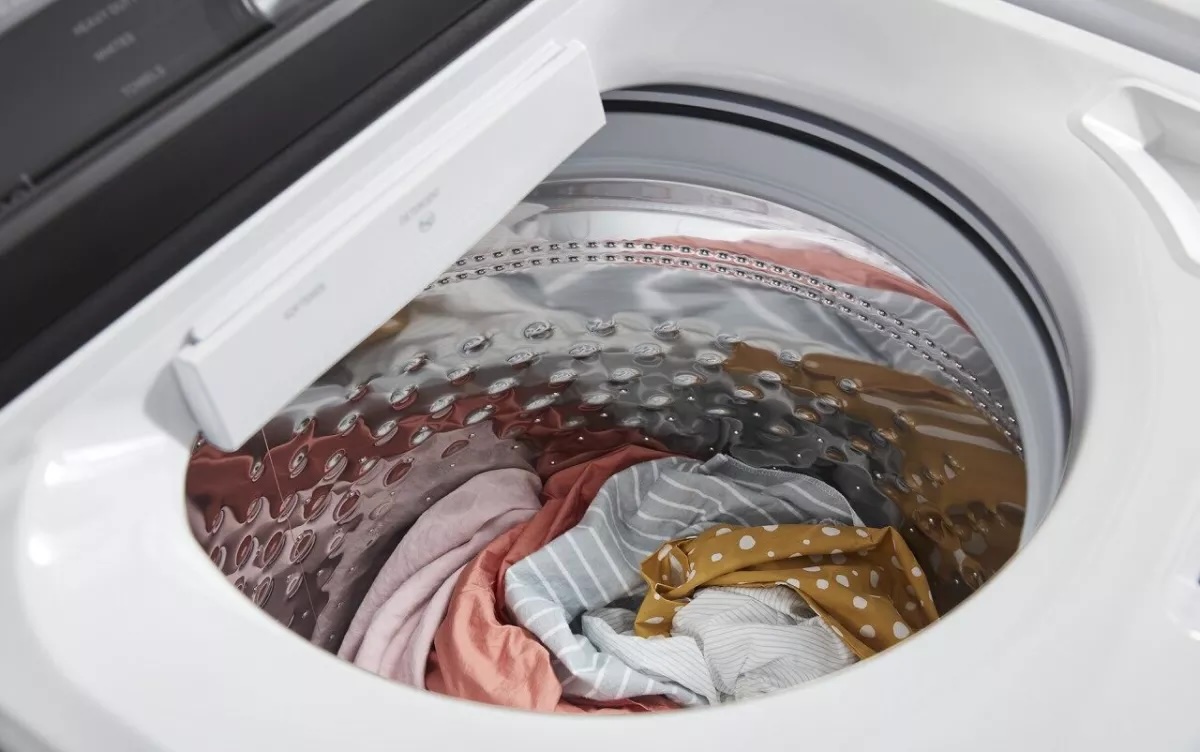



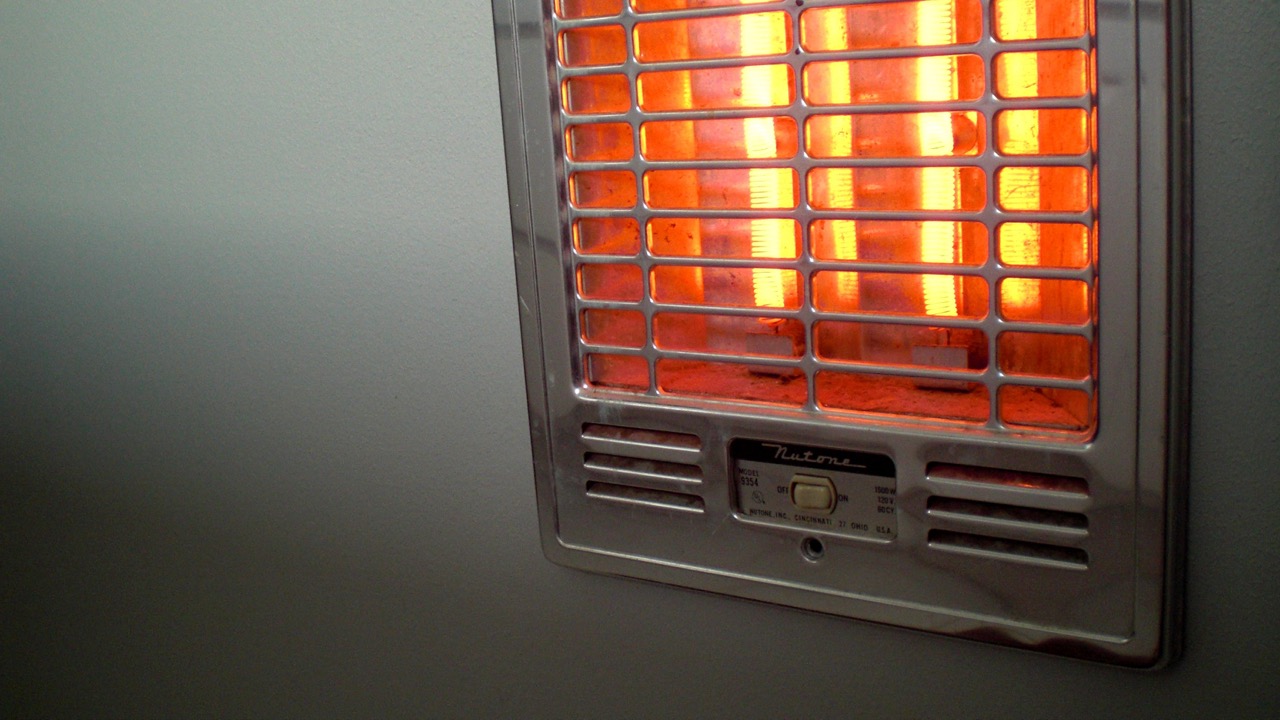


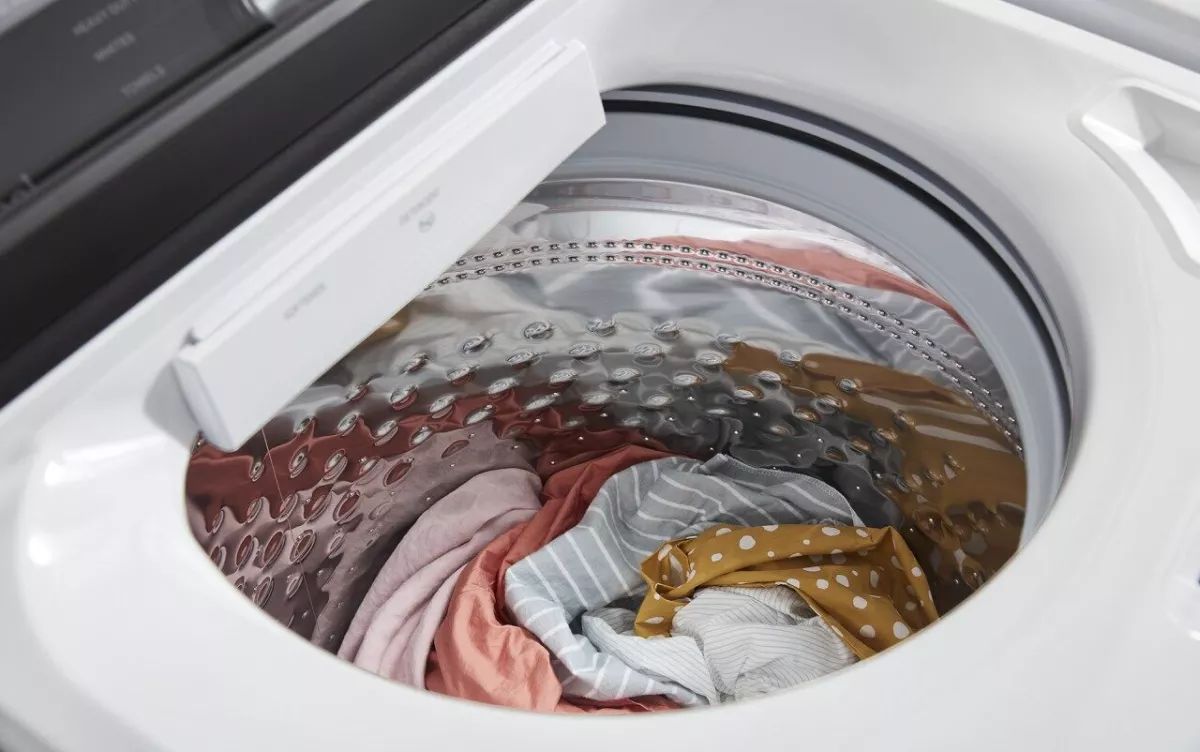


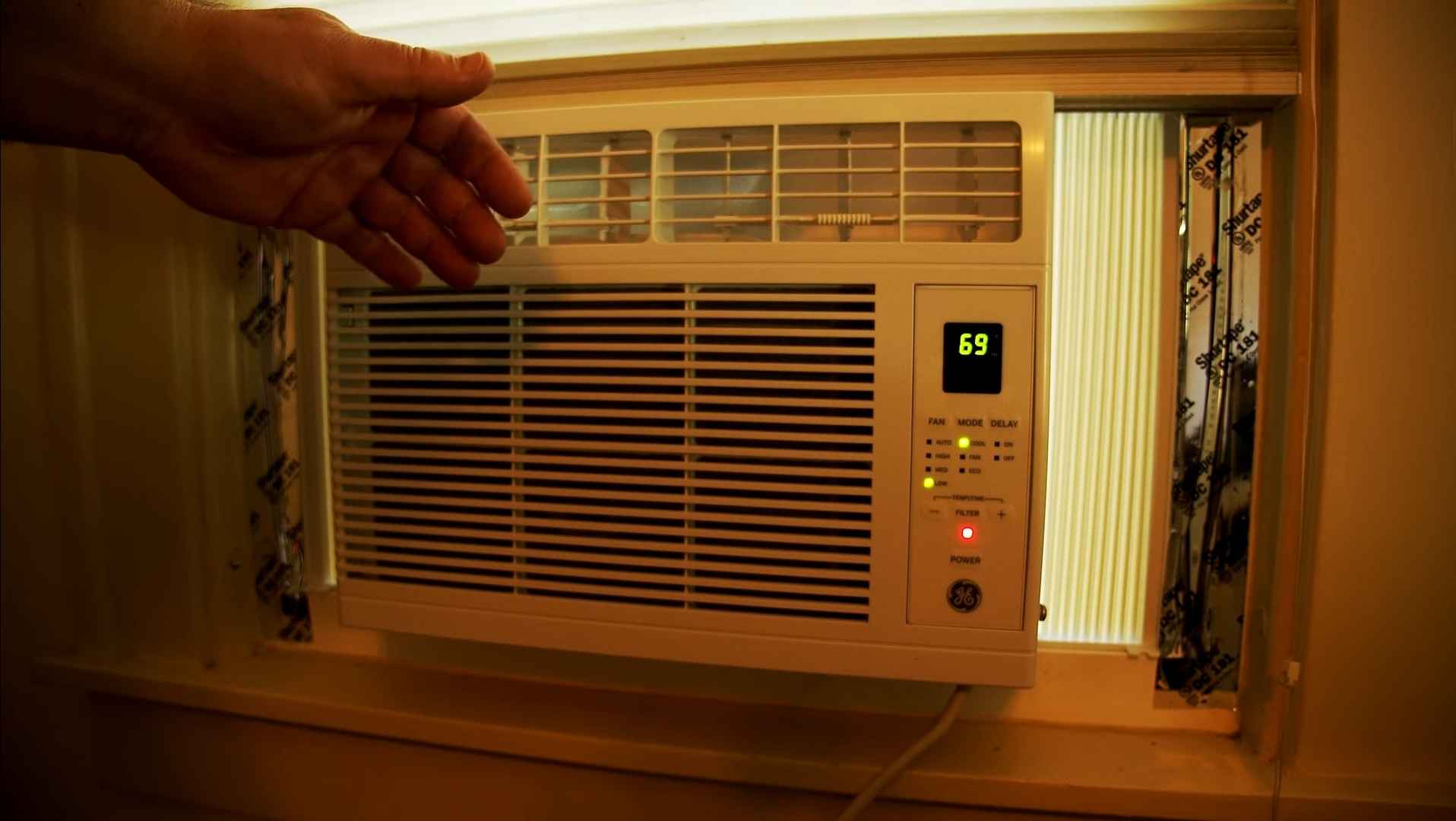

0 thoughts on “Why Do Lights Flicker When A Washing Machine Runs”